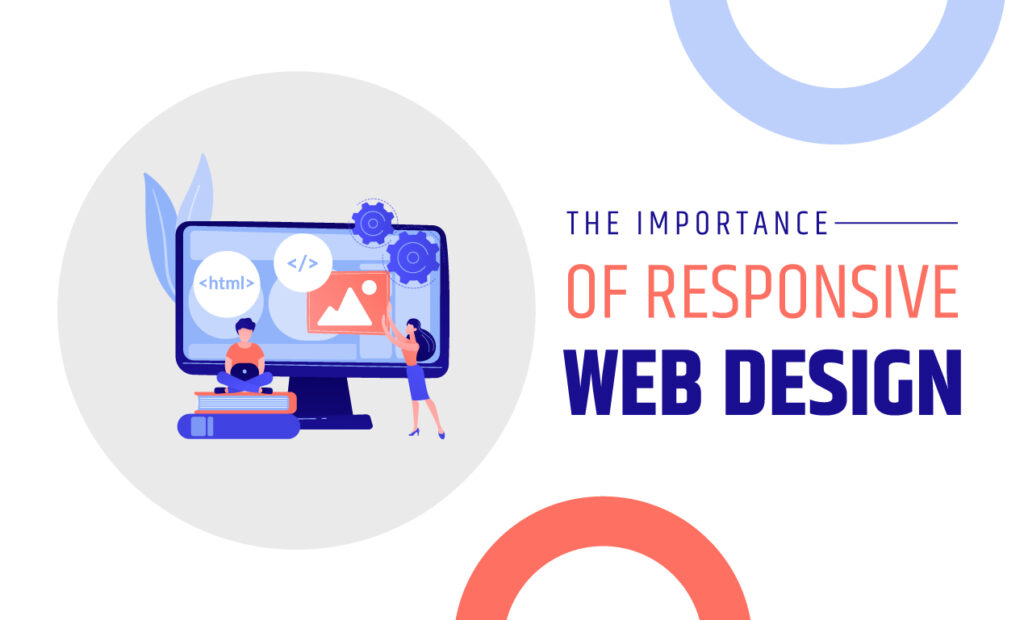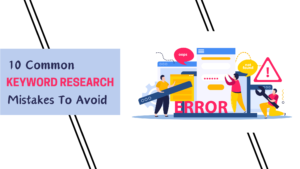Introduction of Responsive Web Design:
In the ever-evolving digital landscape, the significance of responsive web design cannot be overstated. As technology advances, user expectations soar, making it imperative for websites to adapt seamlessly to various devices.
This blog explores the essence of responsive web design, elucidating importance of responsive web design, its advantages, and the benefits of responsive web design.
What is Responsive Web Design?
Responsive web design (RWD) is an approach that ensures websites respond fluidly to different screen sizes and devices. It involves the use of flexible grids and layouts, as well as CSS media queries, to create an optimal viewing experience.

Why is Responsive Web Design Important?
1. Enhance User Experience:
Imagine visiting a website on your phone, and you have to pinch, zoom, and scroll endlessly just to read a paragraph. Frustrating, right? Responsive design ensures that your website is easy to navigate on any device, providing a seamless and enjoyable experience for your visitors.
2. Google Loves It:
Google, the ruler of the online kingdom, favors websites that are mobile-friendly. If your website is responsive, it’s more likely to appear higher in search results. Better visibility means more visitors, and more visitors mean more opportunities for your website to shine.
3. Quicker Loading Speed
Your website may load more quickly if you apply responsive design ideas. This is so that it doesn’t have to send audiences to a separate page depending on their device; instead, a responsive site just needs a single URL and a set of HTML codes. Better user interaction and a decrease in bounce rates can result from this simplistic strategy.
4. Future-Proofing Your Site:
The digital landscape is always changing. New devices with different screen sizes pop up regularly. Responsive design is like giving your website a superpower—it can adapt to whatever comes its way. This adaptability ensures that your site remains relevant and accessible to users, no matter what gadget they’re using.
Advantages and Benefits:
1. Consistent Look and Feel:
Whether someone visits your site on a desktop, laptop, tablet, or phone, they should see a website that looks like it’s meant to be there. Responsive design maintains a consistent brand image and user interface across all platforms.
2. Easier Maintenance:
Managing multiple versions of a website is a headache. With responsive design, you have one site to rule them all. Updates and changes are applied universally, saving time and effort in the long run.
3. Boosting Your SEO Game:
Search engines appreciate simplicity. A single, responsive site is easier for search engines to index, resulting in better search rankings and more visibility.
4. An advantage over competitors
Success in the modern corporate environment depends on having a responsive website. You run the easy risk of slipping behind rivals without it. Having a responsive website makes you stand out by providing a smooth user experience, drawing in visitors, keeping them on your site longer, and increasing conversions and sales.
👉Guidelines for Optimal Responsive Design
One of the most important aspects of current web design is making a website that works and looks great on many devices. In light of this, let’s examine some responsive design best practices that will enable you to provide a flawless user experience.
- Go from inches and pixels to grids.
- For layout adjustments dependent on screen size, use media queries.
- For faster loading times, optimize your photographs.
- To make sure your website is mobile-friendly, take a mobile-first stance.
- In order to make sure that text is readable on all devices, use responsive typography.
- Try your website across a range of screens and devices.
- To expedite development, use a responsive framework.
- Instead of using raster images, use scalable vector graphics (SVGs).
- To provide the best user experience, take into account where elements are placed on the page.
- Make use of a grid structure that is adaptable to various screen sizes.
The Simple Truth: Responsive Web Design Is Essential
In a nutshell, responsive web design is not just a trend; it’s a necessity. It ensures that your website is accessible, user-friendly, and ready for whatever devices come next. So, whether you’re a business owner, a blogger, or just someone with a story to share, make your online presence count with responsive web design. Your audience will thank you, and so will Google!
Stay responsive. Stay relevant.











